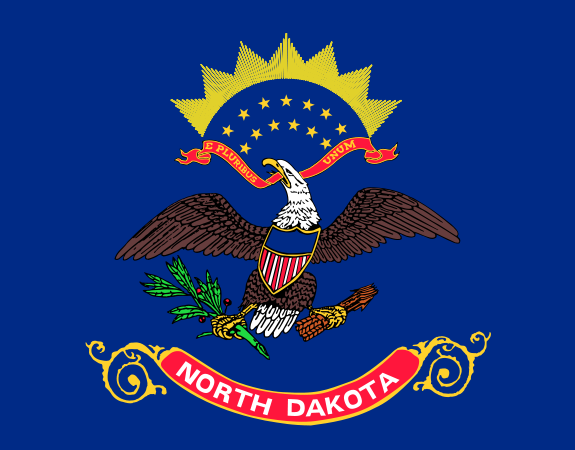Trails to the Past of North Dakota is excepting any donations of genealogy materials that you may have such as marriage announcements, news articles, old obituaries, births, (you do not need the birth certificate) just the information, and biographies. If you have any of these items please contact me Marie Miller the North Dakota State Administrator.
The city of Cavalier is actually in nearby Pembina County. The county was created by the 1873 territorial legislature and named for Charles Cavileer of Pembina (1818-1902), one of the earliest white settlers. The county was organized on July 8, 1884 with Langdon as the county seat.
Cavalier County was created from the western part of Pembina County, North Dakota in 1873 and named by the Territorial Legislature for Charles Turner Cavileer (1818-1902), a well known fur trader, customs agent and postmaster. There is no explanation for the difference in the spelling of "Cavalier," though one placename historian suspects it was an attempt to Gallicize, or make the name appear French.
After petitioning the Territorial Governor for permission to organize the county, Patrick McHugh, W. Hudson Matthews, and L.C. Noracong met for the purpose on July 8, 1884. On July 26 the new county officials met for the second time and chose Noracong as Chairman of the Board with William H. Doyle and Matthews as Commissioners. The first Register of Deeds and County Clerk was McHugh. W.J. Mooney became the first Judge of Probate, Charles B. Nelson was the first Cavalier County Supt. of Schools, and Clarence Hawkes the first Sheriff. Cavalier took its current form in 1887 after the Territorial Legislature authorized an increase in size by taking a portion from Pembina County. The expansion added 15 new townships to the county. The site of the new county seat was chosen at this meeting and named Langdon after Robert Bruce Langdon of Minnesota and official with the Great Northern Railroad. Langdon never visited the town, but reportedly donated a bell for the local school.
The first court house was built in the fall of 1884 at a cost of $360.00. It was used briefly and then abandoned for warmer and more centrally located quarters in a downtown bank. A large brick court house was built in 1895 on the present site at a contract cost of $9,099.00. This building served county officials until the current court house was constructed in 1957-58.
Established after 1969 - The Holy Trinity Church at Dresden, ND became the cornerstone of the County museum. It now houses local historic artifacts and landmarks.
The Holy Trinity Church at Dresden replaced two previous wooden structures that both burned. The present structure was erected in 1936, built out of fieldstone collected by the local parishioners. An architect from Minneapolis, Fabian Redmond, designed the building. A stonemason from Rugby ND, Edroy Patterson, directed volunteer workers. Assisting in the building of the church were Andrew Bachman-head carpenter, Alphonse Hiltner, Stanley Koehmstedt and William Geise
The cities of Cavalier County are those of Alsen, Calio, Calvin, Hannah, Langdon, Loma, Milton, Munich, Nekoma, Osnabrock, Sarles, and Wales. Unincorporated communities are Hove Mobile Park and Madia.
Townships
Alma
Banner
Billings
Bruce
Byron
Cypress
Dresden
Easby
East Alma
Elgin
Fremont
Glenila
Gordon
Grey |
Harvey
Hay
Henderson
Hope
Huron
Langdon
Linden
Loam
Manilla
Minto
Montrose
Moscow
Mount Carmel
Nekoma |
North Loma
North Olga
Osford
Osnabrock
Perry
Seivert
South Dresden
South Olga
Storlie
Trier
Waterloo
West Hope |
| On Line Data |
 |
 |

Adjacent Counties and Rural municipalities
Rural Municipality of Louise, Manitoba (north)
Rural Municipality of Pembina, Manitoba (north)
Rural Municipality of Stanley, Manitoba (north)
Pembina County (east)
Walsh County (southeast)
Ramsey County (south)
Towner County, (west)



